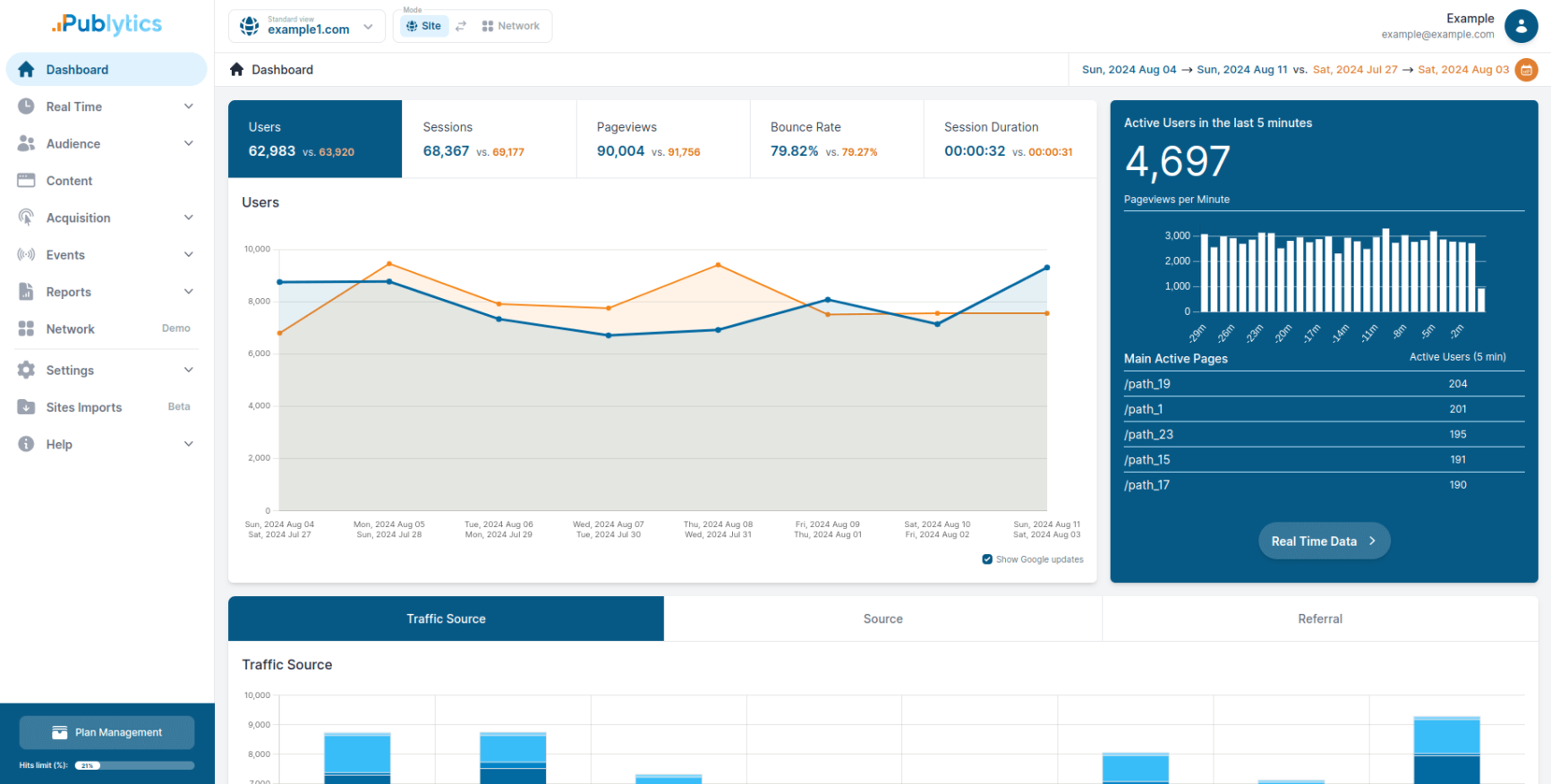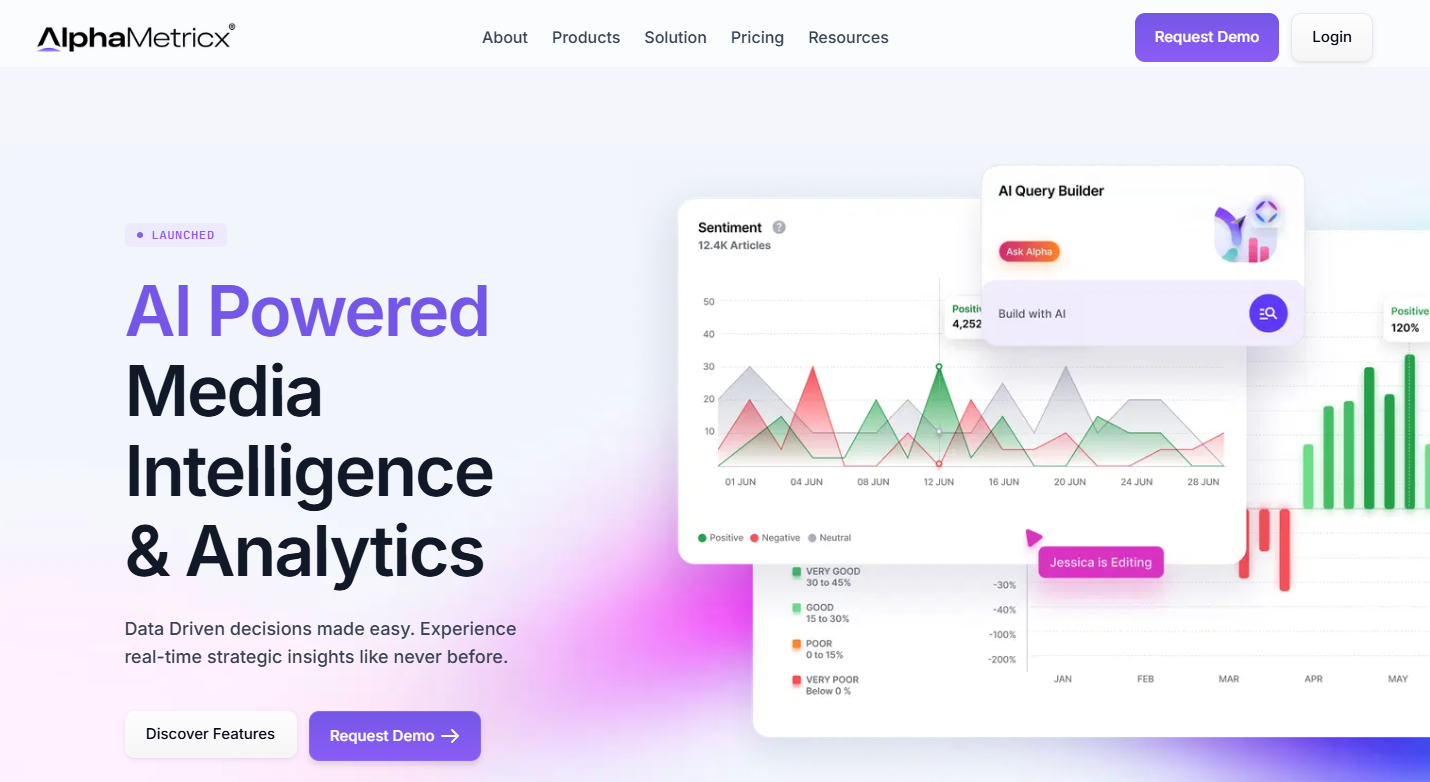Office Hours
Join Jeff Coyle, co-founder and chief strategy officer at MarketMuse, and Vahe Arabian, founder of State of Digital Publishing (SODP), as they discuss the critical components of high-quality content and how to measure its effectiveness.
About MarketMuse
Fully remote since its inception, MarketMuse is a company dedicated to improving content across the internet.
About SODP
State of Digital Publishing is a publication and community for digital media and publishing professionals in new media and technology, additionally providing a range of SEO and content strategy solutions.
Agenda
- Creating high-quality content
- Measuring content effectiveness
How to Evaluate Content Efficiency
The Thought Process
This discussion focuses on how to evaluate content quality, how to predict how much content is required as well as the effort needed to create it. These considerations are essential to ensure a more successful hit rate.
We spend a lot of time making content. Sometimes people think about it only in terms of the content at the end, but the real money is made before you even decide to write it.
Exploring the following questions will help to build momentum and efficiency.
- What should you write about?
- Can you write something that’s good enough?
- Do you know what good enough even means?
People should understand how much work is ahead of them, know whether they’re creating the content of their choice, and if there’s been an update to their topic. These decisions should be framed around the “why” of content creation. Having data that connects to your “why” can be a game changer.
On average, only 10% of content works. Therefore, creating a successful page can cost way more than you think. But what if you can increase the success rate to 30%, 40% or even 50%?
If you’re a writer and only 10% of your content is performing, you’re not doing a great job. Thinking about efficiency and quality can transform teams.
Quality Content Is Essential
Whether you’re targeting customers looking for information, whether it’s part of a buyer journey, or whether you’re focusing on transactional intent, quality content is no longer optional. To create excellent content, you also need to think about connection and empathy with your target audience.
Editors-in-chief, content strategists and subject matter experts are the most important people in the room when it comes to creating quality content. Excellent editorial knowledge, great subject matter expertise, and the ability to be efficient with your content are crucial.
You definitely don’t want your content to be seen as a cost center. Unfortunately, many publishers aren’t thinking about the return on investment (ROI) because of the need to regularly publish a certain volume of content.
Many don’t clearly understand the costs. Worse, they make content for Googlebot instead of their customers a lot of the time. Mediocre content is not going to be successful. In fact, search engines and content channels are all maturing faster, and they’re all connecting to quality.
What Google’s Product Review Update Suggests
In December 2021, Google had a massive product review update. In a nutshell, it suggested that low-quality keyword-driven content doesn’t actually produce good results.
Focusing on quality may feel like you’re spending too much, but you’ll be the last one standing.
Cost and efficiency of content
While producing or planning content, you have a lot of explicit costs you should be thinking about. The true cost of content for a team can be high. Therefore, you should plan for that because you won’t get quality content with an outsourced team. Moreover, hidden costs are also an important factor.
Let’s say you produced 100 articles per month, and only 10 of them met or exceeded your goals. That’s when you start multiplying the real cost and consider outsourcing because it costs $200 per page.
Spending hours of your time on editing, updating and quality control only to see 10% of your content perform is a loss. It happens when you don’t publish the right content. On top of that, there’s the opportunity cost.
When publishing the wrong content, you’ve lost the time you could otherwise have spent on creating the perfect content.
If you’re inefficient, your competitor with a better process can outpace you, resulting in loss of authority. There’s also a cost to losing authority. People don’t want to polish a high-ranking page because they think they don’t need to touch it. This can open the door for someone with a beautiful system and great process who will — sooner or later — outsmart those who opted to stand still.
Low-quality Content and Cost
Low-quality content doesn’t provide any actual value. People who create this type of content ten to rely on search volume — without any other data — or over-optimized content to drive traffic. Some of this content is misaligned with their site.
Misalignment can take many forms. It leads to creating content that doesn’t yield the benefits you expect. You should frequently analyze how good your content is and ask: How successful is it? How much money are you actually spending? How much money does it cost you to get a real opportunity, or what is your revenue per 1,000 impressions (RPM)?
Knowing all these things can help you turn your efforts into a money ball. You can finally get there through quality and figure out how you can become more predictive.
The story of publishing revolves around research and planning, briefing, writing, editing, publishing, optimization and reporting. Knowing where and how your content performs as well as predictive ROI is when things start getting exciting.
Opportunities for Content Clusters
While great content requires a whole cluster, the story should also suggest you’re an expert. If you’re writing content about content marketing and don’t have any content about buyer personas, the audience won’t probably view you as an expert.
Industry leaders think about everything: experts, beginners, different people in different industries and different stages of the buyer’s journey.
You need to think critically about who your audience is and map that back to your clusters. Most importantly, don’t listen to anybody that tells you that you should only have one word for every keyword.
You need stuff for visitors of different experience levels and for every type of persona interested in that topic. When you start doing that, you start building content that actually satisfies the intent of the user. It’s how to make everyone happy.
Align Your Entire Content Team
When the team starts working together, they become confident. For example, listening to your SEO team can lead to implementing advice that works more often. You definitely want more of that.
When everybody’s working towards the same goal, the unifying goal is quality. Quality brings authority. When you can drive that into your team, it brings the “why” for your content. The whys are quick wins and can result in quicker growth.
AI-Enabled End-To-End Content Strategy
Automation allows you to put your best foot forward every time. With AI, you’re giving your company or your site the best chance to perform with the best tools based on data. It helps you reduce the level of effort that’d otherwise be required from doing everything manually.
QA session
Vahe Arabian:
How do you suggest editorial companies plan for an effective outcome?
Jeff Coyle:
First, analyze what you have and understand your strengths and weaknesses. Second, take inspiration from various things, such as desires, what you want to own, etc. Third, analyze your competitors.
After all of the above, understand the breadth, depth and quality of your existing coverage. You might see that you have lots of coverage of a particular topic, but it’s not performing well. So, you’ll want to determine how much coverage is needed in order to take that topic in the right direction. Some experts may suggest that you have a little non-performance.
But what MarketingMuse suggests is to look more from the “why”. Why should you focus on this topic? Why do you believe that if you just update this page, it’s going to do well? The premise of striking distance is that your page isn’t as good as it can be. You can always improve it.
We predict that by looking across the breadth and depth, quality momentum, and off-page factors, things can become very predictive. And that’s a great way to calculate authority off the back of your hand.
Answers to many questions can help you guess how your content is likely to perform, but you can’t do that at scale, and you can’t back that up with data. That’s what we’re trying to do — automating the processes that people are trying to do manually.
Vahe:
Regarding clusters, how do you make sure that you balance whether your goals are getting traffic with across-the-board breadth?
Jeff:
The answer to this question is the same answer to why most people do content audits incorrectly.
Most people only analyze content at the page level based on page-level performance. Content efficiency means achieving the goal that was set for that page, and the goal for a page may not be direct traffic. It may sometimes be cluster support.
Pages that get no direct traffic, but act as cluster support are extremely powerful and important. So, when you do your audits, you need to do them at the page level. Pages move as a mass on a topic and they help each other. You need 15 to 20 pages that have more support potential.
Content from our partners
For example, if I want to rank for multi-factor authentication on a security site. The early-stage awareness intent for the keywords “multi-factor authentication” requires hundreds of pages about that topic and related security topics. They aren’t all going to generate direct traffic.
Vahe:
Can you quickly touch on content scoring and the audience and demystify how people can assess that score?
Jeff:
Scoring and content are always relative games. It usually breaks people’s brains. MarketMuse goes out and learns about the concepts to calculate our topic modeling score.
We don’t just look at hundreds of thousands of pages, but also have a natural language library. We build out what it means to be an expert on this topic by looking at everything we can. This way, we can classify if something’s good or bad based on its comprehensiveness and quality.
With MarketingMuse content score, we’re providing the real topic model that an expert would validate. Our tools have the ability to evaluate a page against a model. By understanding the competitors and what it means to be an expert, we’ve been able to create tools that help make fast-track research that delivers quality. MarketMuse builds a topic model to show you what it really means to be an expert, even if no one’s talking about it.
Vahe:
Can you talk about the news publishing clients who have had success with your platform? Is there a different strategy for each client or is there a universal formula?
Jeff:
We have a separate application specifically for news. It’s the only in-market application for news. The challenge with Google News is you have to be there already and have some historical power in news. Breaking through without this is hard.
We help find various angles to use. It’s amazing to see clients’ discovery rates going up and their top stories winning. There are a lot of different factors that can help put you in the best possible position when you do full-angle coverage.
Say I was just doing some work on Samsung’s Unpacked event. How would I get coverage? The answer is that I need to cover the Microsoft partnership, Google’s foldable phone, the One Plus 6T, the Galaxy Tab, the Watch, the S20 and many more. That’s how much research you need.
Jeff is happy to answer any specific questions at [email protected]. Watch past and future episodes on our YouTube channel and website with detailed notes. Follow us on Facebook, Twitter, and join our community groups.












